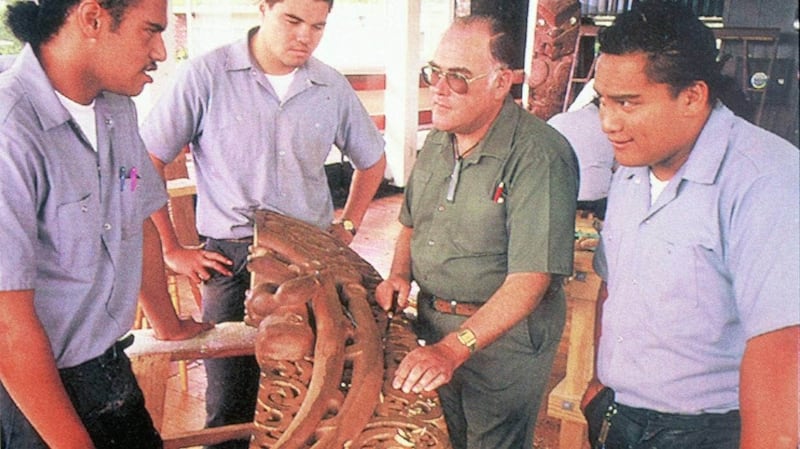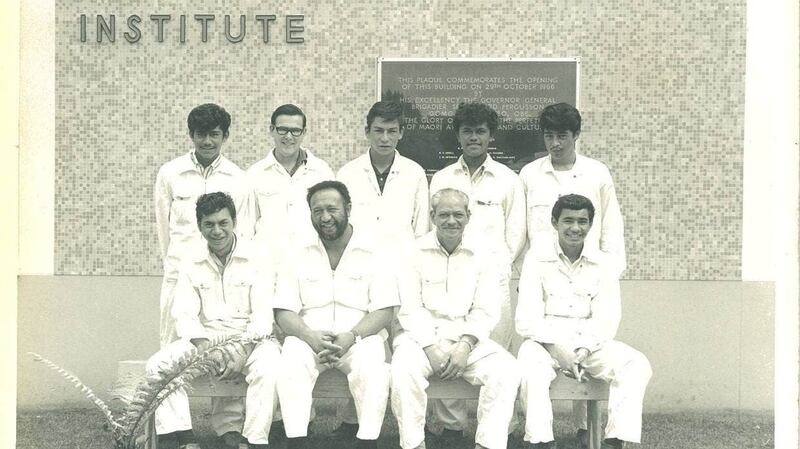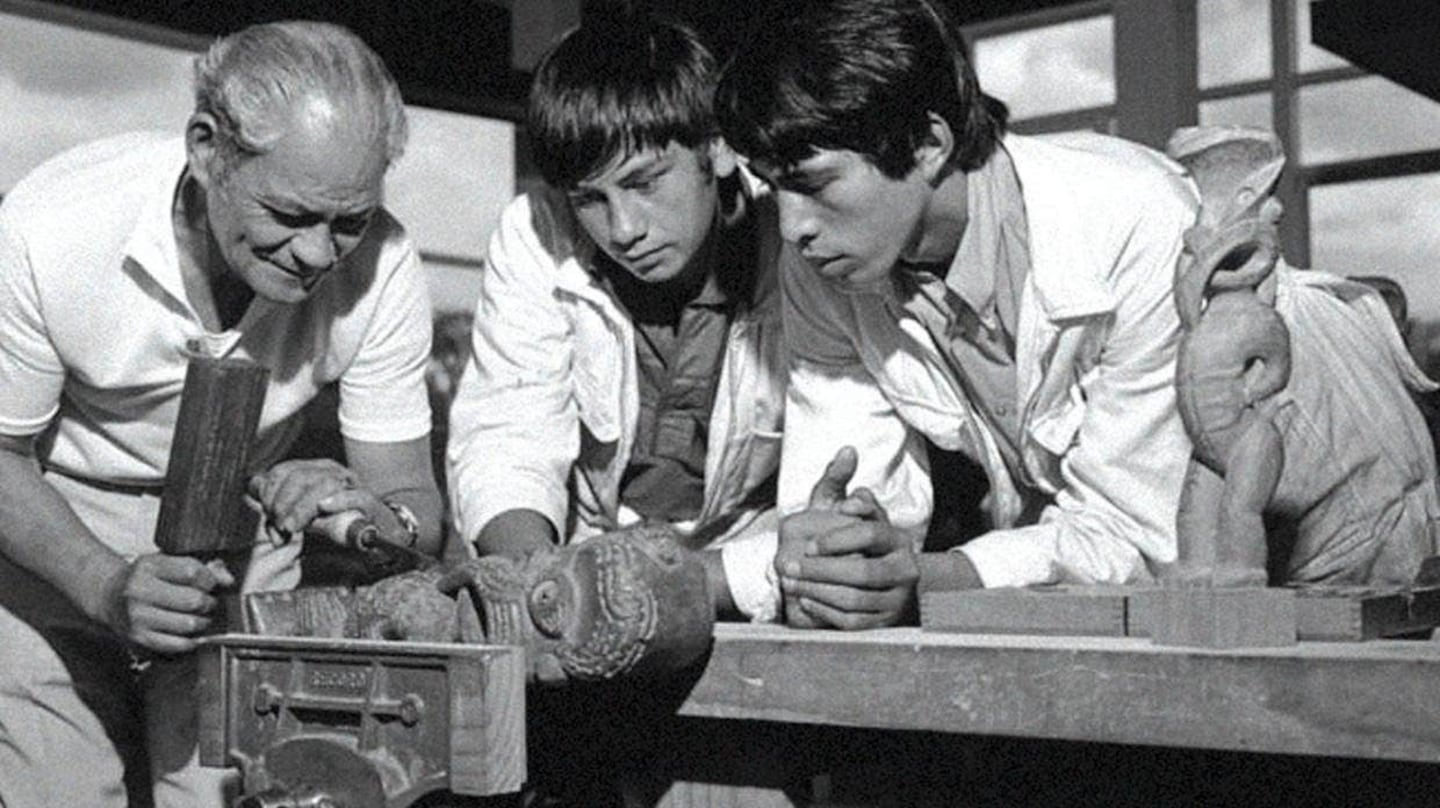An institute of Māori arts and crafts is reflecting on its legacy 60 years on from when it was established.
The New Zealand Māori Arts & Crafts Institute (NZMACI) at Te Puia in Rotorua was formed as a legal entity by the New Zealand Māori Arts & Crafts Institute Act 1963.
The institute is home to Te Wānanga Whakairo Rākau (National Wood Carving School), Te Takapū o Rotowhio (National Stone and Bone Carving School) and Te Rito o Rotowhio (the National Weaving School).
General manager Eraia Kiel said NZMACI has delivered on the vision of the act to protect, preserve and promote Māori culture.
“As we reflect on the last 60 years of cultural perpetuation, I also want to pause and acknowledge that long before this act, our people, especially the kaiārahi (guides) were instrumental in sharing the knowledge and traditions of Māori culture with tourism manuhiri (visitors) from the late 1800s,” he said.
“This history includes guiding of the Pink and White Terraces, till the eruption of Mt Tarawera, then re-establishing here at Whakarewarewa Geothermal Valley.”
The institute was a successor school to the New Zealand School of Māori Arts and Crafts (Te Ao Marama) which was formed by MP Āpirana Ngata in 1926.
“The great Māori leader of our time, Tā Āpirana Ngata, and our kaumātua of Te Arawa played a crucial role in fostering cultural understanding, appreciation, and the continued survival of our rich heritage,” Kiel said.
“They were pivotal in the 1926 establishment of Te Ao Mārama, the first carving school at Ōhinemutu and then at Whittaker Road which closed in 1937 with the Great Depression and World War II.
“I think if they saw what we’ve achieved since the 1963 act was introduced and since the wānanga was built here at Whakarewarewa, they’d be extremely proud.”

Tohunga whakairo rākau (master carver) Clive Fugill was one of seven students in the institute’s first intake.
He said the kaupapa has always been to teach tauira (students) the traditional arts to take back to their own iwi.
“It’s been an honour and a pleasure to be part of the journey, I’ve had an amazing career, I’ve stuck to the act and the ideologies of what my master taught me and I pass it on,” he said.
“You come here to learn this art to pass it on to the next generation.”
Fugill has created a unique design to commemorate the 60-year anniversary, which features two hands cupping, holding and embracing the pōito or the NZMACI logo. It represents embracing mātauranga Māori knowledge.

Kiel said NZMACI is a living testament to the resilience, creativity, and wisdom of his tūpuna.
“It serves as a beacon, guiding us forward and reminding us of our responsibility to protect and perpetuate our cultural heritage,” he said.

